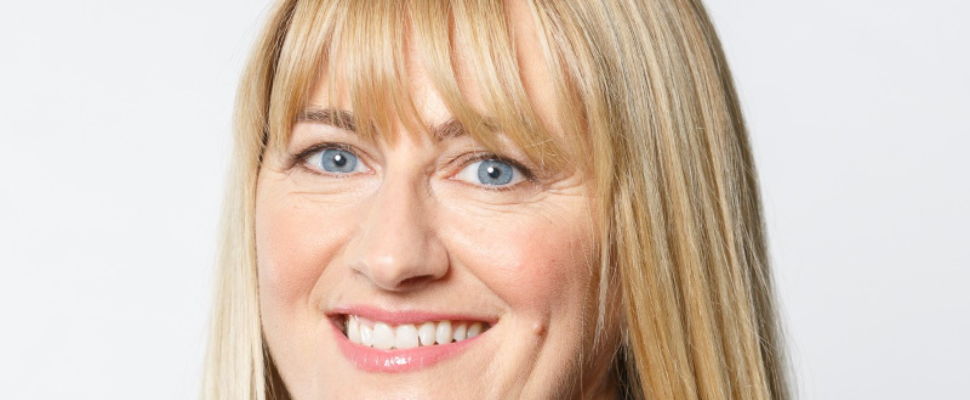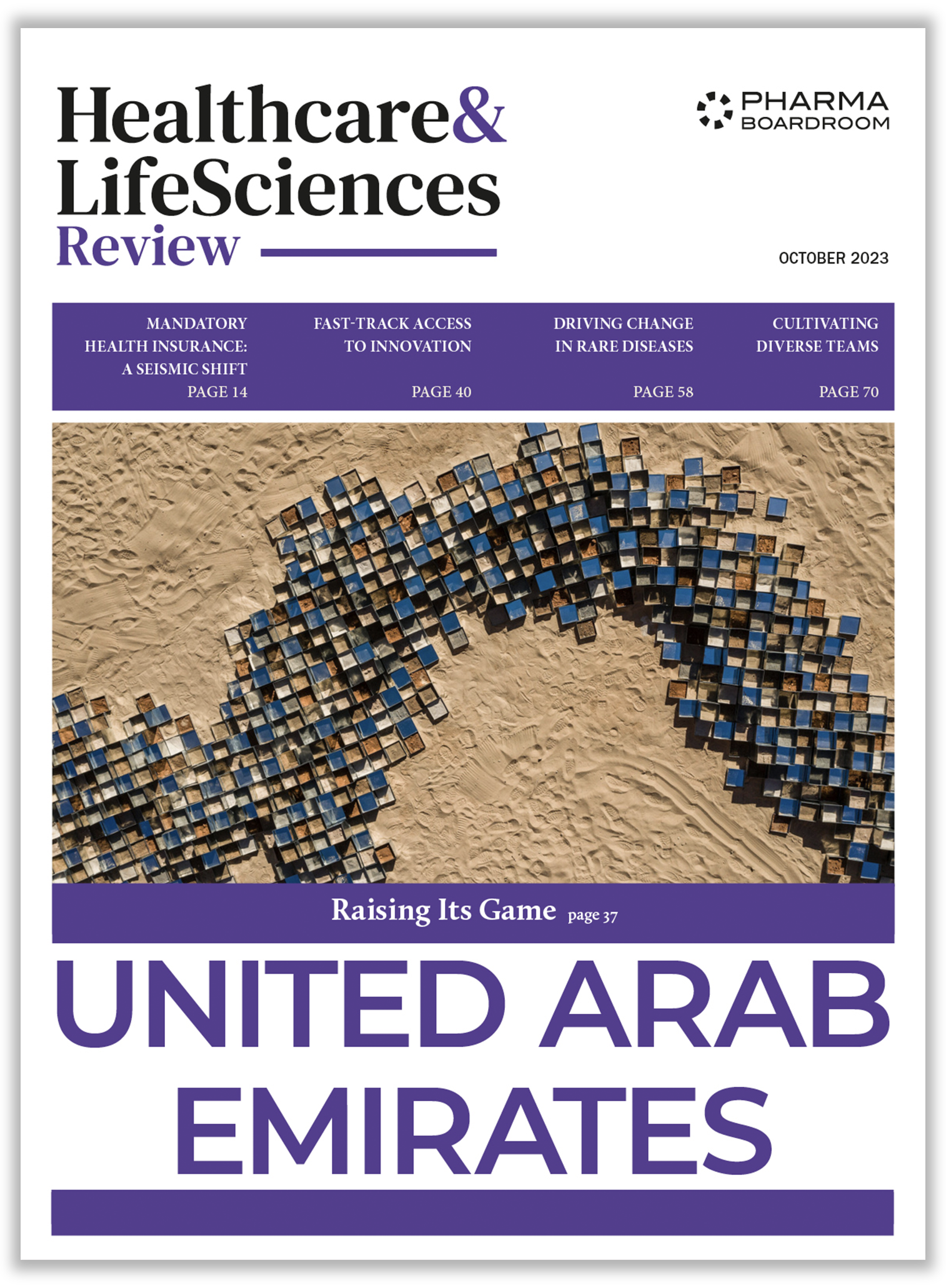Carol Lynch, president of Sandoz US and head of Sandoz North America, recently spoke exclusively to PharmaBoardroom about how her diverse global experiences in innovative biopharma and biosimilars are informing her leadership strategy in the US generics space. Lynch also outlines how greater uptake of biosimilar medicines can be fostered in the US.
Prior to taking up her current position in March 2018, Lynch was global head of biopharmaceuticals at Sandoz, the generics and biosimilars arm of global giant Novartis, where she grew the biopharma business to over USD one billion in annual sales and oversaw five biosimilar approvals. In total, Lynch has over 25 years of global pharmaceuticals and generics industry experience, including several years in commercial and development leadership positions at Novartis, both globally and in country organisations.
The US Generics Market: Enduring Importance
Lynch outlines the significance of Sandoz US to the global group. “The US is the largest generics market in the world, so it is an absolutely key market for Sandoz, representing around 26 percent of our global revenues,” she notes. “In line with the global strategy, here we have identified core market segments, specifically injectables, biosimilars, ophthalmology – many of which we are already market leaders in. With the recent decision to terminate our previous agreement to sell our US generics oral solids and dermatology businesses to Aurobindo Pharma, we are seeking to strengthen our positions in these two businesses as well.”
She continues, “Under the leadership of Richard Saynor, we have seen renewed commitment to our core generics business, which is a large part of our global business, as well as the intention to translate that growth and leadership into other areas, particularly in biosimilars, where we have a global reputation. Sandoz has always been clear in our ambition to be the world’s leading and most valued generics company so there was no major change, just increased clarity for our key product areas and key geographies.”
Innovators vs Generics: Synergies to be Leveraged
Having spent time working in both the innovator and generics space, Lynch highlights some of the similarities and differences of launching products in these two categories. “In terms of developing, manufacturing and commercializing therapeutics, the core business is the same,” she posits. “The basics – understanding what your customers want, how products flow through the value chain, how you create value in that supply chain, what you can do to build reputation so people choose to do business with you rather than someone else – are the same. It is just the way you go about all of these processes that is different.”
The [generics] environment is more volatile and so you have to be a bit more agile, as well as stay incredibly close and responsive to the customers
Carol Lynch
“With generics, you are managing a much broader portfolio with thousands of products. It is more complex, and the pace of the business is also much faster. The environment is more volatile and so you have to be a bit more agile, as well as stay incredibly close and responsive to the customers.”
For Lynch, building relationships is incredibly important to success in the US generics market. “In the generics business, the wholesalers are much more prominent customers so the relationships you have with them hold much more importance compared to the pharmaceutical side. The payers are a bit less prominent but still important, especially when it comes to biosimilars and some of the more differentiated products that are not as substitutable. We do still maintain some presence in front of the prescribing population but obviously in the hospital setting, the purchasing pharmacists are our primary customers. In this setting, we are much stronger on the economics sell-side of the value chain than the feature and benefits sell-side.”
Biosimilars: Learning from Europe
Lynch is keen to draw on her years of experience in Europe to build a better ecosystem for biosimlar approvals in the US. “I used to head our global biosimilars business from Germany where I managed the development and commercialization of the first wave of monoclonal antibody biosimilars in the European environment,” she states. “We need to recognize that the European and the US markets are in different stages of development. Europe has a well-established regulatory framework and therefore a well-functioning market with many products already approved. It is ahead of the US in terms of both regulatory structure and commercialization. A lot of learnings have also been shared across the different healthcare systems in Europe in terms of what is required to drive the adoption of biosimilars in different country settings. The key learning there is how to adapt to the needs of different countries.”
In terms of policy changes to better support the adoption of biosimilars in the US, Lynch admits that “There is no magic bullet, but we have identified a number of different aspects from both regulatory and policy perspectives… But first and foremost, there is a continuing need for education. The FDA has done a good job around providing education about what a biosimilar is and is not, including the recent collaboration with the FTC to address companies potentially disseminating misinformation about biosimilars. I really applaud these ongoing efforts from independent bodies like the FDA because they are unbiased sources of information.”
First and foremost, there is a continuing need for education [on biosimilars]
Carol Lynch
She continues, “There are four areas where we would like to see improvement. Firstly, under Medicare Part B, we have physician-administered products, which must be administered within a hospital setting by a doctor. We believe a greater reimbursement incentive in the form of an add-on payment to physicians is required in order to support biosimilar adoption in this setting.
“In terms of Medicare Part D, we would like biosimilars to have their own pricing tier in the formulary as opposed to being lumped into an existing tier with branded products.”
“From a patient perspective, we would also like to eliminate co-pays or any other additional out-of-pocket costs to ensure that patients receive the benefits of biosimilars as well.”
“The last one relates to reducing bureaucracy for physician offices. Currently, in the US, many states have prior authorization policies for the use of biologics. This means that before a physician can decide to prescribe a biologic, he needs to apply for ‘prior authorization’ to demonstrate that the biologic has been recommended and is necessary because the patient has tried a number of other medications that had been unsuccessful. The issue is that after that, if the doctor then wants to switch to a biosimilar of that biologic molecule, he needs to go through the authorization procedure again! We do not believe this is necessary.”
Lynch concludes, “We need to work together with all stakeholders to improve the marketplace so patients can gain more access to transformative medicines. It requires articulating potential benefits to all the key stakeholders in the system so that they can all come together and do their part.”


